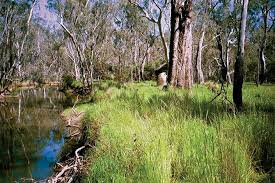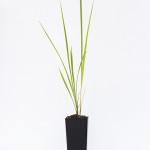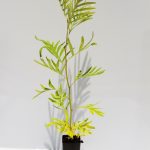AK Reptiles and Custom Background Designs
Riparian Community
Riparian Community
Couldn't load pickup availability
The Riparian zone is the strip of land along either side of a stream. Although there is some debate how wide this strip needs to be, it is established that a well-vegetated Riparian zone is important because of the potential benefits to the water quality, stream bank stability and stream ecology.
Riparian vegetation can reduce the amount of sediment and associated pollutants entering the stream. A well vegetated stream bank is resistant to stream bank erosion due to the extra stability provided by the roots and other plant material, and because it can reduce flow velocity at the edges of the stream.
Loss of Riparian vegetation, through clearing, livestock grazing or recreational uses, means that these benefits are lost and the overall condition of the stream can decline. For this reason, Riparian zone revegetation is an important aim of government agencies and many community groups.
Riparian bush is vegetation found along streams, creeks, rivers and wetlands. A variety of bush types make up Riparian vegetation, including rainforest, wet forest, dry forest and scrub. Riparian bush may have a grassy, heathy, sedgey or shrubby understorey. Some Riparian vegetation may be treeless. Alongside the stream there is often a strip of vegetation containing moisture-loving herbs, sedges, rushes and reeds that are periodically inundated. Within the stream are aquatic plants that are often referred to as macrophytes, which may float on the surface or emerge through it.
Share
Low stock: 10 left







